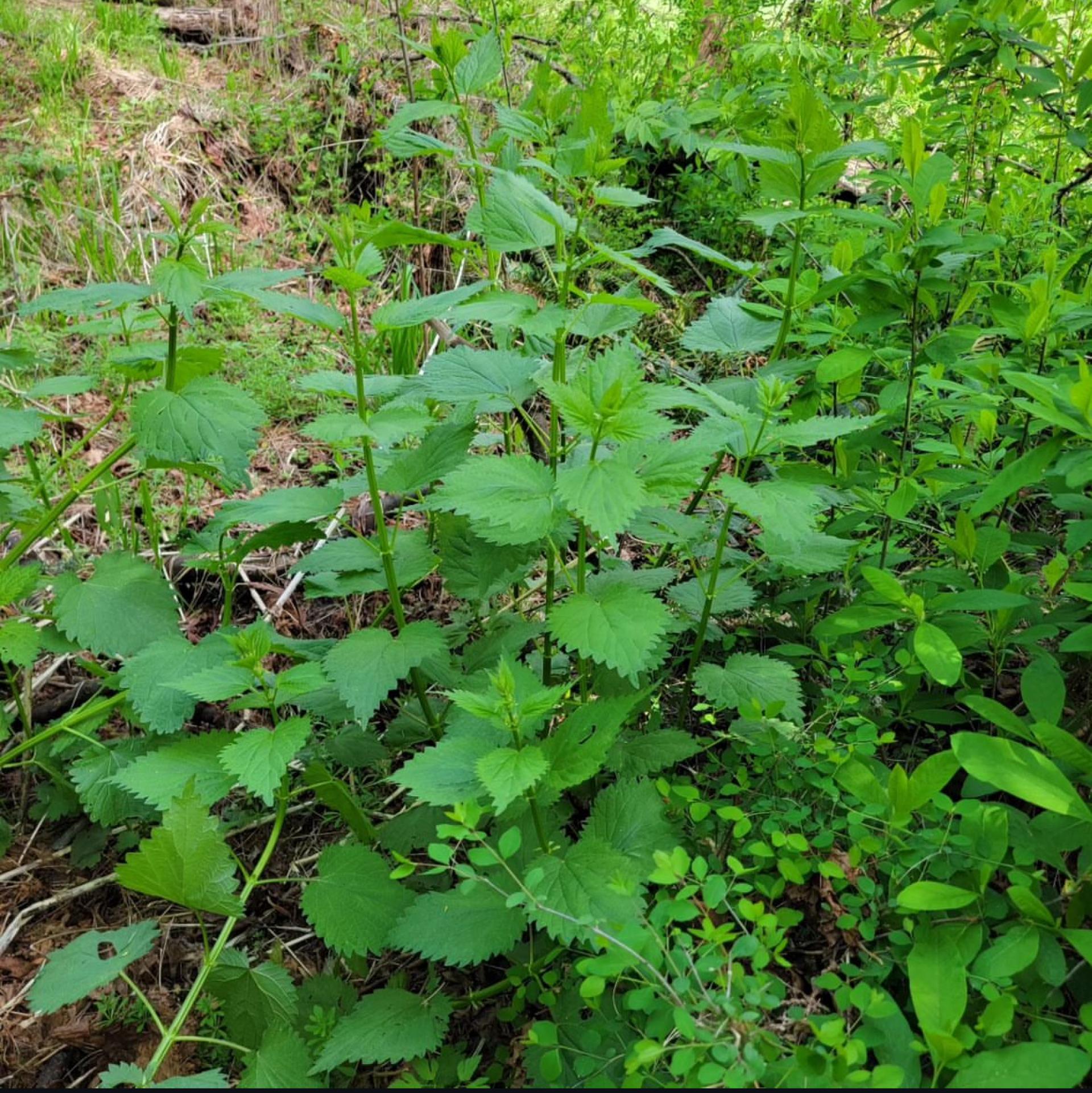You are here
Be A Better Gardener: Foraging for Garden Skills
Be A Better Gardener: Foraging for Garden Skills
by Thomas Christopher
As a gardener, I have learned that practicing my craft well involves far more knowledge than I will find in nursery catalogs and the USDA Plant Hardiness Zone Map. These are useful tools. But to match plants successfully to the correct spots within my landscape and to create functional as well as aesthetically attractive combinations of species, I have to know something about the plant’s preferred habitats in the wild, what sorts of microclimates they prefer, and what are their natural associates. When designing the garden, it’s also essential to know the seasons of the year when plants are active, when they are dormant, and above all when they bloom.
There are two ways gardeners can educate themselves on these subjects. You can settle down with a regionally appropriate garden plant guide and look for the species and cultivars that meet your needs. If you are a native plants enthusiast like me, you can also study guides to the ecology of your ecoregion and locally oriented field guides.
Or you can take what I have found to be the quicker and more enjoyable route. You can slip the field guide into your pocket, lace on a pair of hiking boots, grab an empty backpack, and set out through the local woods and fields on a foraging expedition.
I got a refresher course on foraging recently from Megan Edge, a champion forager and natural healer based in Victoria, British Columbia. Megan grew up in a family of foragers. Living near the coast, her parents used to take her to the beach to gather shellfish, and also to the woods to collect edible plants. Every season had its edible treasures, she recalls. Spring brought “fiddleheads,” the growing shoots of ferns whose tips are indeed coiled like the scrollwork atop a violin. Summer was the time for berries, and fall brought a bonanza of wild mushrooms.
My mother also used to take me and my sisters to the beach on Long Island, New York to dig clams and gather mussels. In my teenage years, however, I discovered the books of Euell Gibbons, a great writer and amateur naturalist who wrote a series of foraging field guides including Stalking the Wild Asparagus and Stalking the Healthful Herbs. Gibbons provided guides to plant identification as well as recipes. I soon learned, though, that a random search for a particular species was inefficient, and that if I learned the terrain and habitat in which a plant grew, my search was much briefer.
Megan noted that Euell Gibbon’s books had been bibles for her family, too. I shared with her my experiences with “ramps” (Allium tricoccum), a delicious wild leek that my wife and I gather every spring from the Massachusetts woods. Ramps flourish in rich, moist, deciduous forests, and by homing in on these, I’ve identified several large patches.
This discussion about ramps brought us to the subject of “ethical foraging,” something about which Megan feels strongly. She asserted that the forager must take care not to gather unsustainably. Take only the part of the plant that provides the food or medicine, she advised, and do not harvest so much as to stress the local population. I told her about how the explosion of interest in ramps in culinary circles has led to individuals digging and removing whole patches, even supplying ramps to supermarkets, and the effect this has had on wild populations. My wife and I never dig the bulbs, even though they are tasty. Instead, we take only a single leaf from each plant and leave most of any patch untouched so that the population can continue to maintain itself. Megan added that she shares the bounty she collects, but never the location of plant colonies because those without the skills to find the colonies themselves often don’t understand the need to preserve their health, either.
I learned my first botanical names as a teenage forager, the skills necessary to identify plants, and how to read what I would now call an ecosystem. I have come to believe that all of these kinds of knowledge are crucial to creating a naturally healthy garden, a garden in which the desirable plants proliferate with the support of fertilizers, irrigation, and pest control. Gardening this way is easier as well as more sustainable.
To listen to the rest of my conversation with Megan Edge, download the “Growing Greener” podcast episode from the Berkshire Botanical Garden website, www.berkshirebotanical.org.
Be-a-Better-Gardener is a community service of Berkshire Botanical Garden, located in Stockbridge, Mass. Its mission, to provide knowledge of gardening and the environment through a diverse range of classes and programs, informs and inspires thousands of students and visitors each year. Thomas Christopher is a volunteer at Berkshire Botanical Garden and is the author or co-author of more than a dozen books, including Nature into Art and The Gardens of Wave Hill (Timber Press, 2019). He is the 2021 Garden Club of America's National Medalist for Literature, a distinction reserved to recognize those who have left a profound and lasting impact on issues that are most important to the GCA. Christopher’s companion broadcast to this column, Growing Greener, streams on WESUFM.org, Pacifica Radio and NPR and is available at berkshirebotanical.org/growinggreener.
Help Our Garden Grow!
Your donation helps us to educate and inspire visitors of all ages on the art and science of gardening and the preservation of our environment.
All donations are 100 percent tax deductible.


